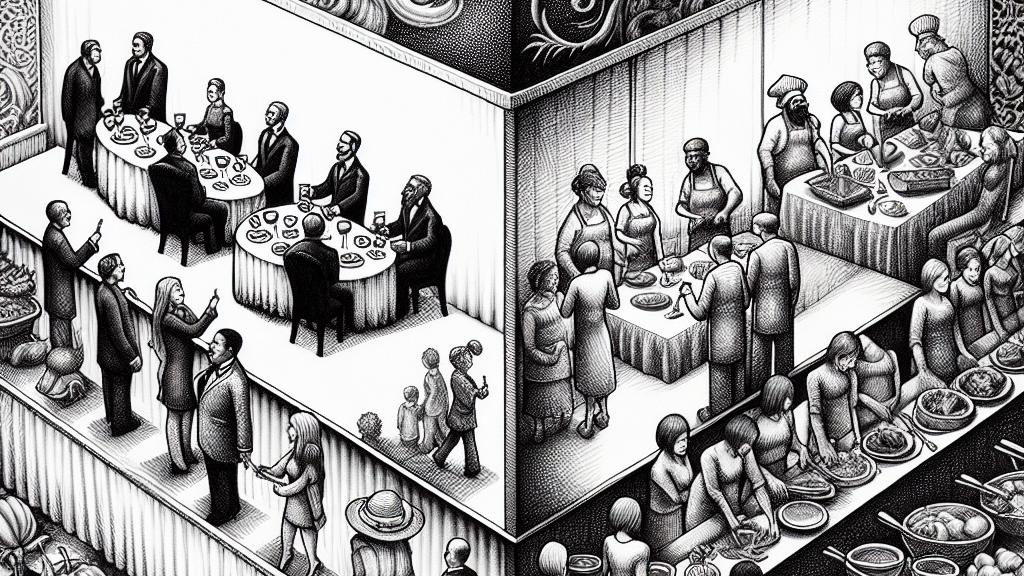The Crucial Need for Vertical Travel Among Elites
Overview
- Elites often limit themselves to horizontal travel, which constrains their understanding of the world's complexities.
- Engaging in vertical travel fosters deep empathy and insightful connections across various social classes.
- Social media tends to amplify privileged voices, failing to provide authentic connections with diverse lifestyles.

Deciphering Vertical vs. Horizontal Travel
Kazuo Ishiguro, a profound thinker and Nobel laureate, introduces us to the essential ideas of 'vertical' and 'horizontal' travel. Horizontal travel describes the way elites effortlessly traverse from luxurious Tokyo hotels to swanky New York lounges. Picture this: an elite dining experience surrounded by similarly privileged guests who mirror your lifestyle and opinions. Despite the glamour, this superficial connection stunts personal growth. Conversely, vertical travel demands interaction with a broader range of social classes. Imagine spending an afternoon volunteering at a local food bank—simply offering meals to those in need can open your eyes to the stark realities faced by countless individuals. This experience becomes a gateway to understanding their lives, struggles, and hopes, ultimately enriching one’s perspective and fostering genuine empathy.
The Transformation of Social Ecosystems
Let's dive into Japan's unique social landscape, where the historical context previously supported an amalgamation of vertical and horizontal interactions. Icons of popular culture, such as the beloved manga 'Doraemon' and 'Chibi Maruko-chan', skillfully illustrate life among a diverse array of characters—like the hardworking Nobita, the snobbish Suneo, and the spirited Maruko—who share classrooms and playgrounds. These tales reflect a vibrant, multicultural society that thrived on daily interactions across differing economic backgrounds. However, recent shifts toward competitive educational environments have disrupted this balance. Today, elite families focus intensely on securing spots in prestige institutions, consequently isolating themselves within homogeneous groups echoing their own privileges. This trend inadvertently strips children of exposure to socially diverse peers, stifling fundamental opportunities for personal growth and awareness. As societal stratification deepens, it's imperative to reclaim opportunities for vertical travel that foster authentic interactions and friendships across class lines.
Challenges of Social Media in Fostering Connections
As we navigate the digital age, many believe that platforms like Instagram and Twitter can serve as bridges to heal societal divides. Unfortunately, this assumption often falls short. Picture scrolling through endless feeds overflowing with curated images of opulence: fabulous vacations, designer wardrobes, and lavish parties. These images offer a distorted view of reality while reinforcing existing class structures. More disconcertingly, individuals in poverty often find themselves unseen—hidden behind the glossy veneer of social media. For instance, minimal representation of lower-income voices perpetuates a cycle of invisibility, making their experiences and struggles seem irrelevant. Therefore, to engage meaningfully in vertical travel, elites must not solely rely on digital interactions; they must actively pursue authentic relationships with those from different walks of life. By immersing themselves in the stories of others, whether through community events, grassroots initiatives, or daily conversations, they can truly appreciate the diverse spectrum of human experience. In doing so, they not only enrich their own lives but cultivate a more connected and compassionate society.

Loading...